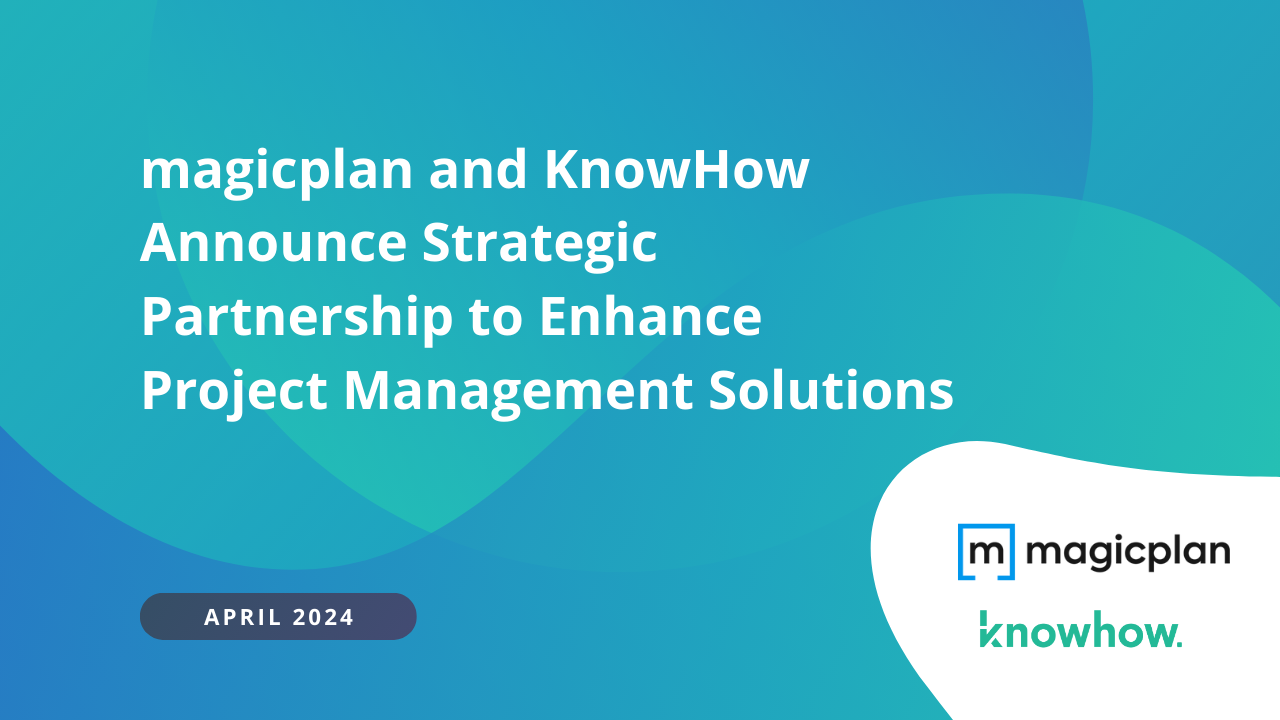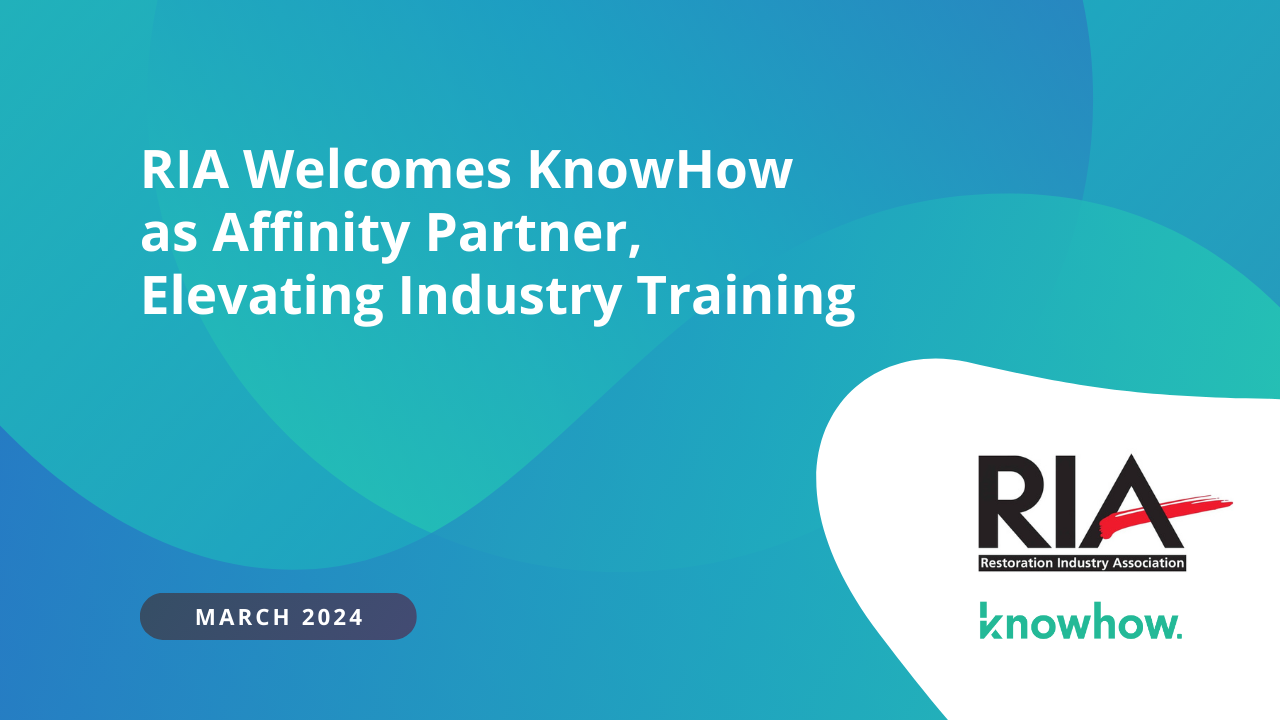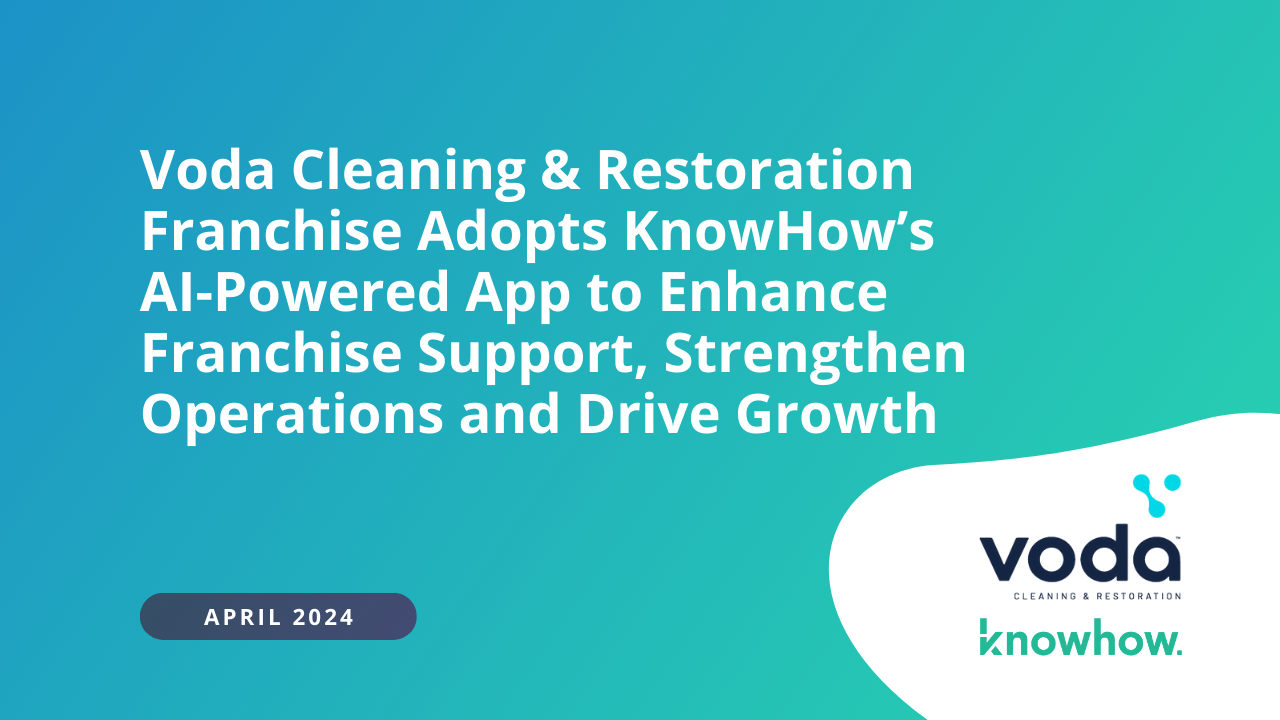
Supercharging Your Water Tech Onboarding: 5 Key Steps to Success



When it comes to onboarding water technicians in the restoration industry, ensuring that your team members are fully equipped and confident in their abilities to perform their jobs is critical for success. This can be a challenge, particularly if the technician onboarding process is not standardized and does not effectively communicate the "why" and "how" behind the water mitigation process.
Furthermore, bad onboarding for water techs can result in wasted time, more mistakes, and higher costs for labor and management.
In our recent webinar Zero to Productive: Water Technicians, Leighton Healey, CEO of KnowHow, outlined a proven process for overcoming these challenges. Here are the five key steps to supercharging your water tech onboarding.
1. Standardize the Onboarding Roadmap
Having a standardized onboarding roadmap is essential for successful water tech onboarding. It helps ensure that all employees understand the path to getting fully trained in their role and have the necessary resources and information to complete the process effectively. This roadmap should clearly outline the steps involved in the water mitigation process and the timeline for each step, as well as information on all the software, equipment, and PPE they’ll need. A standardized roadmap also allows for consistent and efficient onboarding, reducing the risk of mistakes or delays.
In addition, a standardized roadmap can serve as a reference for employees who may need to revisit the process in the future. This is particularly important in locations where natural disasters can happen suddenly, as employees need to be able to quickly and effectively respond to incidents. By having a standard onboarding roadmap in place, restoration companies can ensure that new employees are well-equipped to handle the challenges of water mitigation.
2. Provide Point-of-Need Resources for Troubleshooting
When it comes to water tech onboarding, having access to the right resources at the right time is crucial. These resources should be easily accessible (on mobile or desktop) and should provide step-by-step guidance for employees to resolve any issues they may encounter during the water mitigation process.
This could include user manuals, video tutorials, or FAQs. Having these resources readily available not only speeds up the onboarding process but also helps ensure that employees are able to effectively troubleshoot any problems they may encounter. This can save time and prevent costly mistakes, ultimately improving the overall efficiency of the water mitigation process.
3. Accelerate Understanding of the Water Mitigation Process
Accelerating understanding of the water mitigation process is key to an effective onboarding process. Employees need to be able to understand the process and the various steps involved to be able to effectively respond to water incidents. One way to achieve this is by providing hands-on training and simulations to help employees get a better understanding of the process.
Another approach is to use visual aids, such as diagrams and flowcharts, to clearly illustrate the steps involved in the water mitigation process. This helps employees see the process in a clear and concise way and makes it easier for them to understand and remember.
4. Emphasize the Importance of Knowing "When" to Take Action
Knowing "when" to take action during the water mitigation process is just as important as knowing "how" to take action. Employees need to understand the significance of taking immediate action to mitigate the effects of water incidents.
To emphasize this, it's important to provide real-world examples and case studies that demonstrate the importance of timing. This can help employees understand the consequences of not taking action promptly and the impact it can have on the business and its customers. By highlighting the importance of timing, restoration companies can ensure that their employees are well-equipped to respond effectively to water incidents and minimize the impact.
5. Ensure Understanding of the "Why" and "How" Behind the Process
Ultimately, to effectively respond to water incidents, employees need to understand not only "how" to take action but also "why" the process is necessary.
This includes understanding the science behind the water mitigation process, how to properly use the tools and equipment, and following the correct protocols. Having a deep understanding of the "why" and "how" behind the process not only helps technicians make informed decisions, but also gives them the confidence to handle any situation that may arise. Providing ongoing training and support will also help to ensure that technicians stay up-to-date on the latest industry advancements and best practices. By prioritizing education and training, organizations can create a strong foundation for success in their water mitigation efforts.
By following these five key steps, water technician onboarding can be supercharged and lead to a smoother and more effective implementation of water mitigation processes.
Now, if this all feels overwhelming to accomplish this on your own, you’re not alone. That’s why many leading Water Damage Restoration companies are turning to KnowHow to simplify and streamline their processes.
If you want to gain access to our fully built-out water technician onboarding roadmap, click here to get started within 24 hours!









